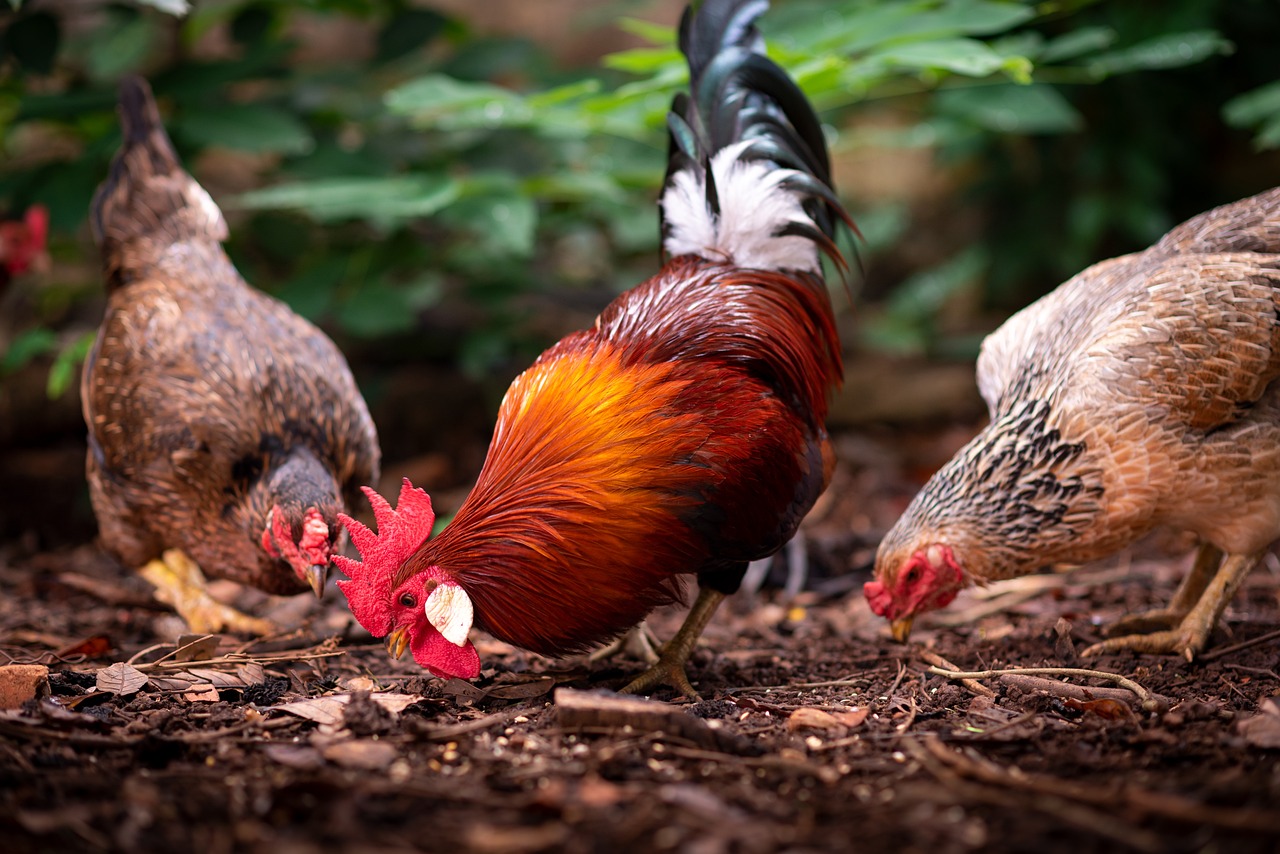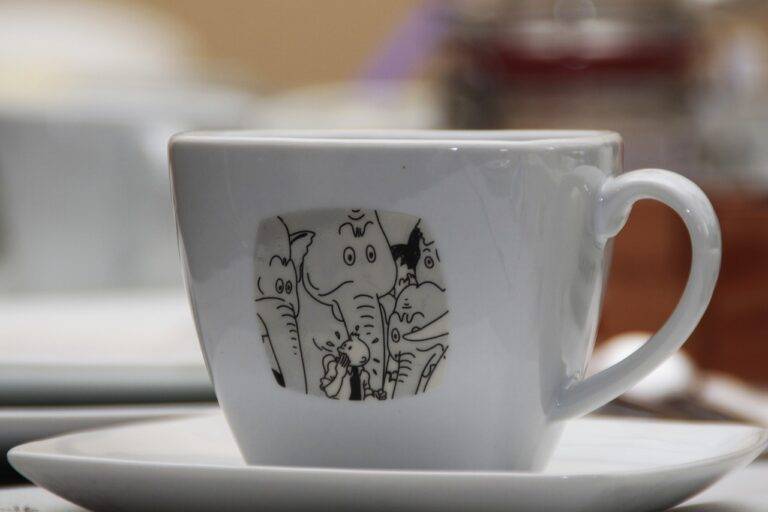The Evolution of Food Safety Regulations and Standards
Food safety concerns have a long history that dates back to ancient civilizations. Despite the lack of modern scientific knowledge, people in early societies recognized the importance of consuming food that was free from contamination. The fear of food poisoning and disease transmission through food prompted individuals to take precautions when handling and preparing their meals.
In ancient Rome, for instance, there were basic rules in place to ensure the safety of food. The Roman philosopher Seneca advised people to be cautious of where they sourced their food and to avoid consuming anything that seemed dubious. Additionally, during the Middle Ages, various regulations were implemented in Europe to monitor the quality of food products sold in markets. These early attempts at food safety regulation laid the foundation for the more complex systems that exist today.
Early Attempts at Food Regulation
During ancient times, food regulation was driven by religious beliefs and cultural practices. For instance, in ancient Rome, the government implemented laws that controlled the sale of food in markets, aiming to ensure food safety for the public. The Romans also established regulations regarding the quality and pricing of food items to prevent fraud and protect consumers.
In the Middle Ages, guilds and trade associations took on the role of regulating food production and sales. These organizations set standards for the quality of ingredients used in food preparation and enforced rules on food handling practices. Additionally, monarchs and local authorities issued decrees to monitor food trade and punish those who violated food safety laws.
What were some of the earliest food safety concerns?
Some of the earliest food safety concerns included contamination from bacteria, mold, and other pathogens, as well as adulteration with harmful substances.
When did early attempts at food regulation begin?
Early attempts at food regulation began in the 19th century, as the industrial revolution led to concerns about the safety and quality of food being produced and consumed.
What were some of the first food regulations put in place?
Some of the first food regulations put in place included the Pure Food and Drug Act of 1906 in the United States, which aimed to prevent the manufacture, sale, or transportation of adulterated or misbranded foods and drugs.
How did early food regulation impact the food industry?
Early food regulation had a significant impact on the food industry, as it forced manufacturers to improve their production processes and ensure the safety and quality of their products.
What challenges did early attempts at food regulation face?
Early attempts at food regulation faced challenges such as lack of enforcement mechanisms, limited scientific knowledge about food safety, and resistance from some manufacturers who were reluctant to comply with regulations.







